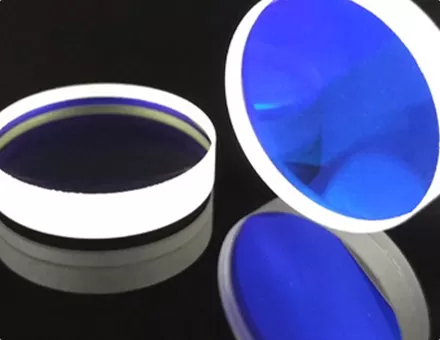Micro-lens arrays, also known as fly-eye lenses or compound eye lenses, are an indispensable and important component in optical systems. Composed of a series of minute lens units arranged in a specific pattern, the arrangement and shape of the units in the micro-lens arrays directly affect the imaging performance. This article will explore the different types of micro-lens arrays and their applications in various fields.
Main Types of Micro-Lens Arrays
Micro-lens arrays can be categorized into two main types based on optical design principles: diffractive and refractive.
Refractive Micro-Lens Arrays
This type of microlens array is based on traditional geometrical optics refraction principles, offering the advantages of being lighter, smaller, and more highly integrated. Refractive micro-lens arrays are widely used in imaging, beam transformation, optical communication, medical, and cosmetic fields. Common lens apertures include square, rectangular, hexagonal, and circular shapes. Their design aims to achieve precise optical effects through the refraction of light, significantly improving imaging quality, for example, in microscopes and imaging devices. The micro-lens array is extensively used.
Diffractive Micro-Lens Arrays
Diffractive micro-lens arrays use surface relief structures to modulate the phase of incident light waves to achieve the desired optical functions. This type of array is primarily used for high-order aberration correction, beam shape modulation, and applications in optical communication and medical aesthetics. By altering the phase of light waves, diffractive micro-lens arrays can effectively solve complex optical problems that traditional optical elements cannot address, enabling more precise optical control.
Important Applications of Micro-Lens Arrays
Hartmann Sensor (Hartmann-Shack)
The Hartmann-Shack sensor is an advanced wavefront sensor widely used in adaptive optical systems. By using micro-lens arrays, the Hartmann sensor divides the input wavefront into multiple beams and focuses these beams onto a CCD sensor. Each microlens unit forms a focused spot, and the distribution of these spots can be used to analyze wavefront distortions. This information can be used to monitor and control the performance of optical systems in real-time, ensuring stability and accuracy in image quality. When wavefront distortion occurs, the positions of the spots on the focal plane shift, and this shift can be used to calculate and correct the wavefront distortions.
Microlens Fiber Coupling
Fiber coupling technology is used to efficiently introduce laser beams into optical fibers. To achieve efficient coupling, micro-lens arrays play a key role. There are two methods of coupling lasers with fibers: direct and indirect coupling. Direct coupling feeds the laser directly into the fiber, but this method is less efficient and primarily used for laser transmission. Indirect coupling methods include cylindrical lens coupling, self-focusing lens coupling, and combined lens coupling. The array coupling method aligns the array light source with the fiber one by one, achieving higher coupling efficiency and precision. Micro-lens arrays in these coupling methods can significantly improve the efficiency of fiber coupling, optimizing the performance of optical communication systems.
Micro-lens arrays have wide-ranging applications and play an important role in modern optical systems. Whether refractive or diffractive micro-lens arrays, they can both offer significant advantages through their unique designs and functions in various optical applications. Through Hartmann sensors and microlens fiber coupling technology, micro-lens arrays not only enhance the performance of optical systems but also play a critical role in many high-tech fields. As technology continues to advance, the applications of micro-lens arrays will continue to expand, providing more possibilities for future optical innovations.


















 EN
EN




